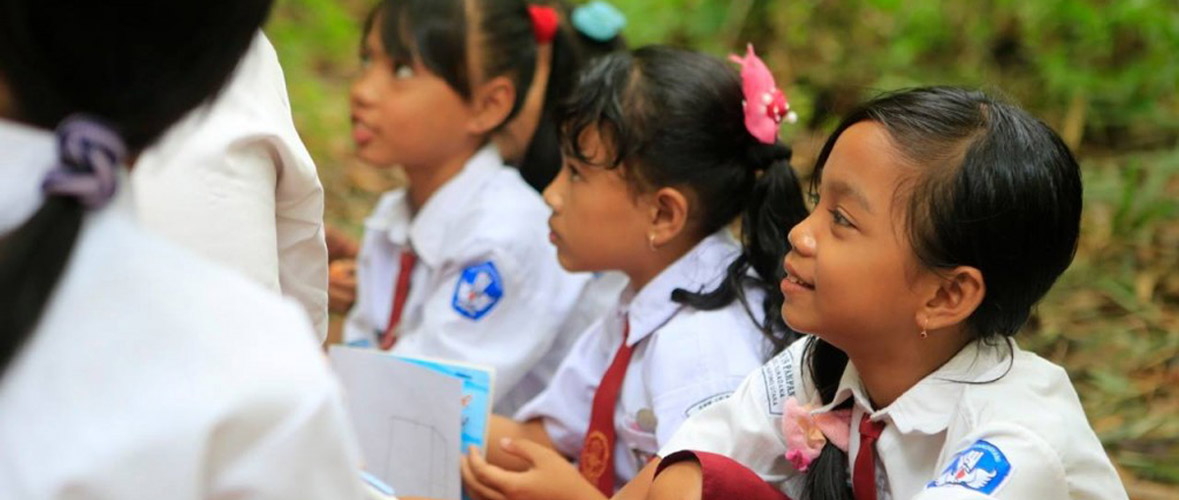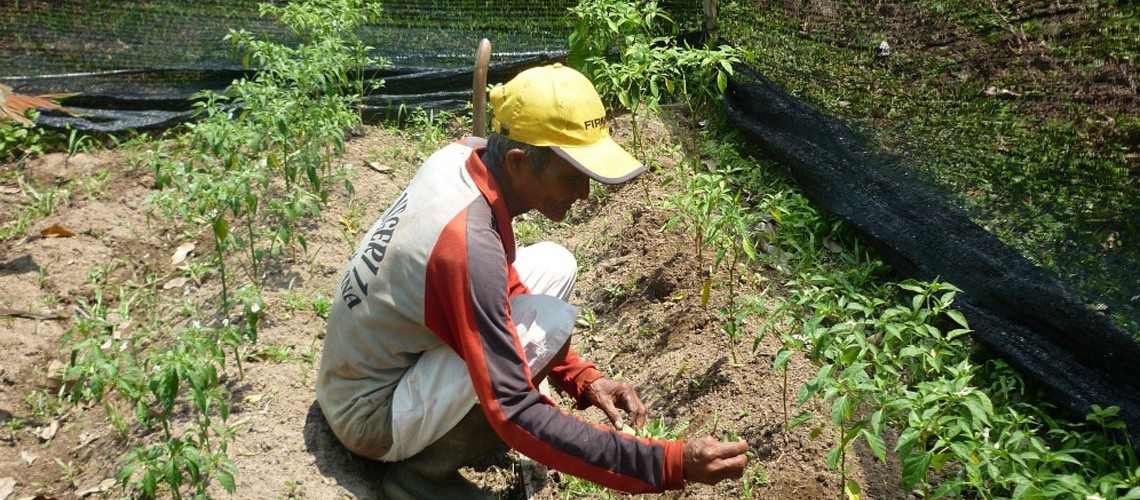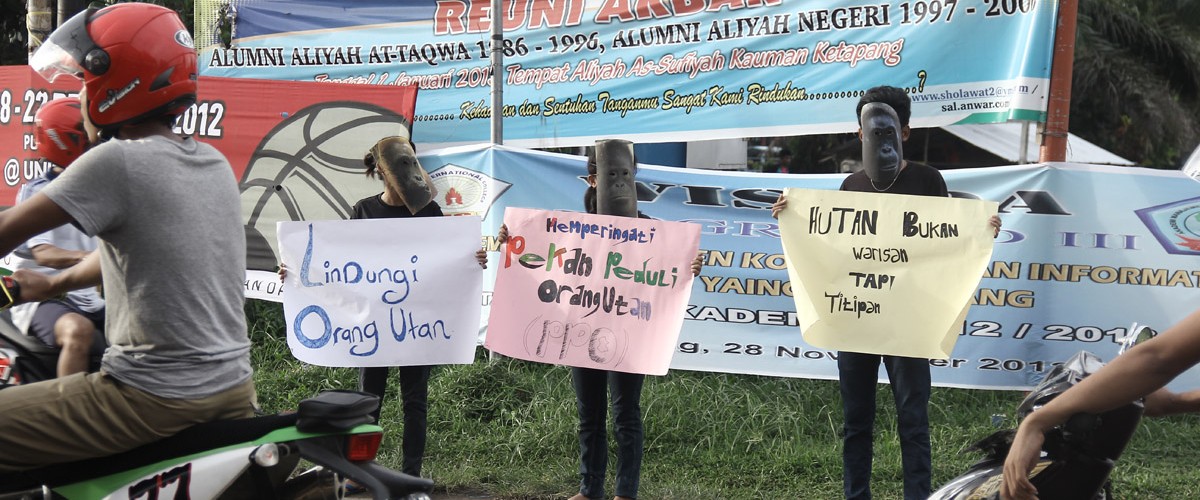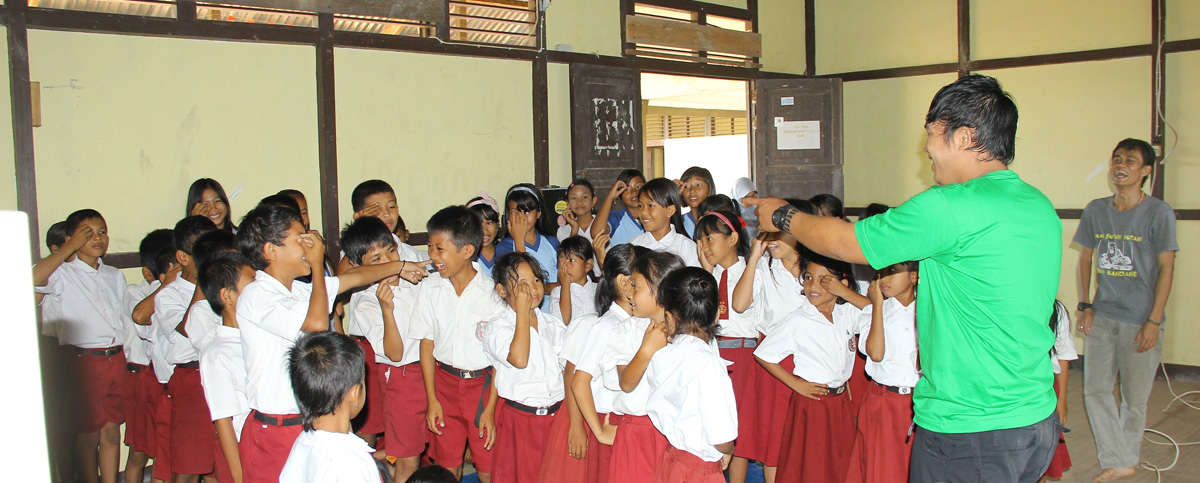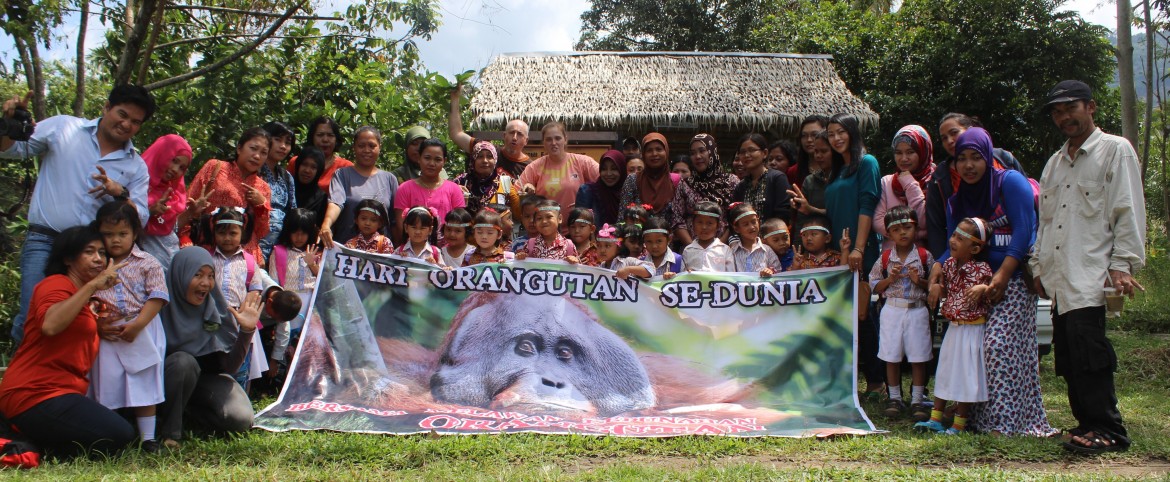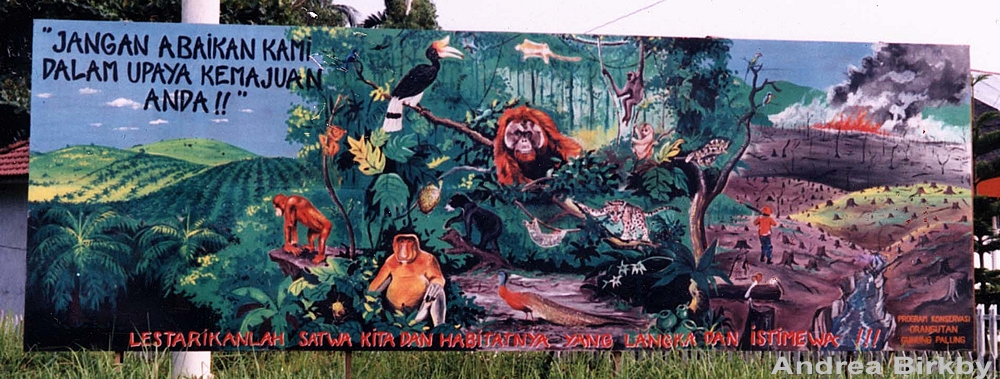By Edi Rahman, GPOCP Field Director
In 2000 I earned my Bachelor’s Degree from the Faculty of Social and Political Sciences, Tanjungpura University, Pontianak, Indonesia. After completing my education, I began work as an anti-corruption activist for an organization based in the Ketapang Regency, West Borneo. There, I met some friends who worked in the environmental sector, specifically focusing on orangutan conservation. Through conversations with environmental activists, I gained a desire to devote my life to the conservation of orangutans and their habitat.
In 2002, I received an offer to work for the Gunung Palung Orangutan Conservation Program (known in Indonesia as Yayasan Palung) as an Animal Protection Program Investigator. This was the perfect opportunity for me and I accepted the offer immediately. My job was to collect information on crimes against individual orangutans (hunting, trading and keeping as pets) as well as crimes against orangutan habitat (illegal logging, illegal mining, forest and land fires) that occurred in the Ketapang and Kayong Utara districts. I also assisted in early work to manage the animal rehabilitation center, before this work was continued by International Animal Rescue.

I continued this work as an investigator for 11 years, and in 2013 I became the manager of the Animal Crime and Investigations Program, in charge of saving animals and their habitats. I also was responsible for forming and assisting craft groups in several villages around Gunung Palung National Park, before this work became part of our Sustainable Livelihoods program in 2014.
In 2014, GPOCP shifted our work area to include a larger geographic region, and I was given the task of assisting several villages in Simpang Hilir District as part of a new Customary Forest program. The main goal was to assist villages in developing alternative economic opportunities by encouraging communities to sustainably utilize non-timber forest products (NTFP) which can be sourced from nearby forests.
These forests, on the outskirts of Gunung Palung National Park, are home to orangutan populations. Though not part of the National Park, the land is designated as a protected forest, but is still disturbed by human activities including illegal logging, hunting, forest and land fires. To protect these forest areas, the Indonesian government encourages community participation to maintain and manage forest areas through social forestry programs.
Through these regulations, we began working in 2015 with several communities in the Simpang Hilir Subdistrict, Kayong Utara Regency to create Hutan Desa. (This directly translates to ‘Village Forests’ but is also referred to as a ‘Customary Forests’.) The goal of this initiative is to have forests directly managed and utilized by the village community. This governing body is referred to as Lembaga Pengelola Hutan Desa (LPHD), or, the Customary Forest Management Board. On February 27, 2017 the Ministry of Environment and Forestry of the Republic of Indonesia issued a decree which recognized the first five official Customary Forests, for which the villages obtained full management rights.

In 2018, Yayasan Palung helped initiate the process for two additional forest areas to become Customary Forests in the areas of Batu Barat Village and Rantau Panjang Village. Excitingly, on December 31, 2019, the government designated these two areas to become new Customary Forests. The formal letter, issued by the Ministry of Environment and Forestry, was just received this month and permits the villages’ Management Boards to supervise and utilize the Customary Forests for the next 35 years.
To ensure successful management of the Customary Forests, GPOCP and the Customary Forest Management Boards work together on various activities that take place within the Forests. Such activities include biodiversity surveys, ecotourism potential surveys, rehabilitation of ex-fire areas in forests with non-timber forest products (NTFP), surveys of carbon content in forests, and forest and land fire prevention campaigns. Most recently, last month we worked in Batu Barat and Rantau Panjang villages to conduct biodiversity surveys, in order to investigate the wildlife that inhabit these forests and count any orangutan nests that may be present (which indicate that orangutans are living in the area). Surveys in the other five Customary Forests will take place in September.

We’ve carried out other activities to increase community capacity, through various training activities using non-timber forest products around the Customary Forest areas. These NTFPs provide an alternative to community economic income – if village members can rely on the use/sale of sustainable forest products, they are less likely to harmfully exploit other resources as a means of income. One main way we promote the use of NTFPs is through the formation of Social Forestry Business Groups (KUPS). We have now formed 22 groups of craftspeople, who have successfully earned income using forest products like rattan, nipa palm, coconuts and honey.

I am very proud that over the past 5 years GPOCP has initiated these 7 Customary Forests. In total, there are now 7,962 hectares (about 20,000 acres) of land, designated for management by local villages. Most of this land is peat swamp forest, which is an ideal habitat for orangutans and other endangered animals. Peat swamp also helps to regulate the regional water cycle, and helps to prevent the release of carbon dioxide into the atmosphere.

On July 1, 2020, I officially became the GPOCP Field Director, with the main task of coordinating all of our conservation programs. I have seen many changes and successes over the past 18 years at GPOCP. I feel a great sense of pride and belonging and have made every effort to provide the best service to this organization as we carry-out our mission to support the conservation of orangutans and their habitat. I am so thankful for all the GPOCP staff who have continued to support me and have given me the confidence to work as Field Director.
